Bass fishing during the spring to summer transition can be an exciting and productive time. As the water temperatures rise and the fish become more active, adjusting your fishing techniques can help you catch more bass. Here are some tips for bass fishing during this season transition:
Follow the baitfish
During the spring to summer transition, baitfish like shad and bluegill become more abundant. Bass will often follow these baitfish, so pay attention to their movements. Look for areas with baitfish activity such as shallow flats, points, and drop-offs.
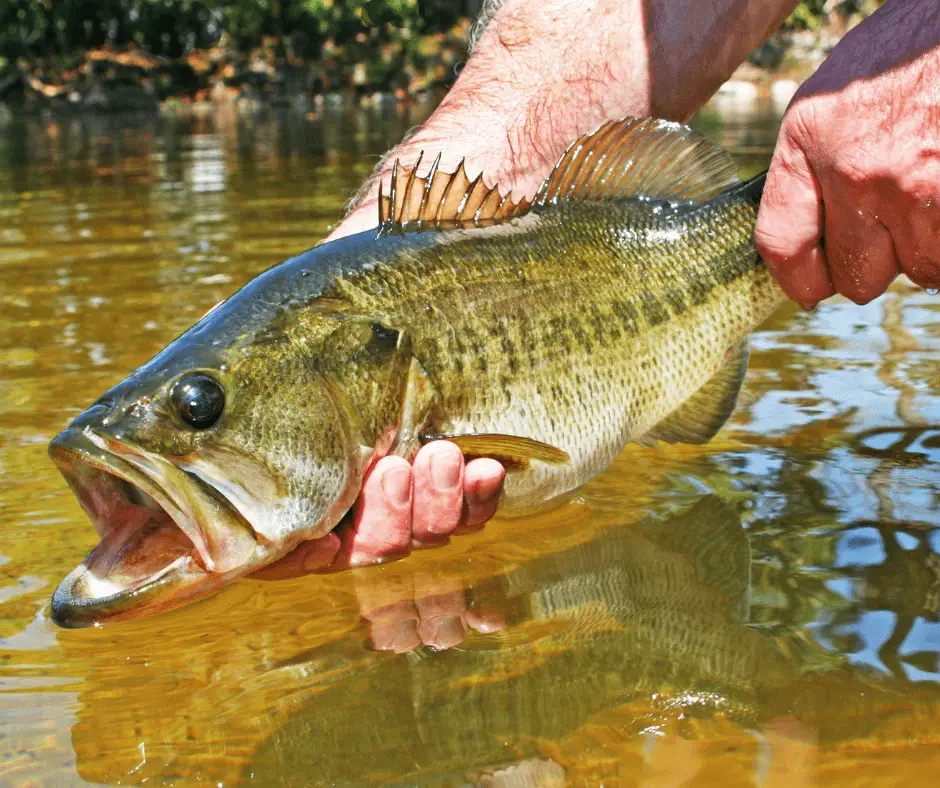
Focus on shallow areas
In the early stages of the transition, bass tend to stay in shallow water near the spawning areas. Look for structures like submerged vegetation, fallen trees, and docks where bass might be seeking cover and feeding on smaller prey.
Experiment with different lures
As the water temperatures rise, bass become more aggressive and willing to chase fast-moving lures. Try using crankbaits, spinnerbaits, and topwater lures to imitate the baitfish and trigger strikes. In the evenings or early mornings, topwater lures like buzzbaits and poppers can be especially effective.
Probe deeper water
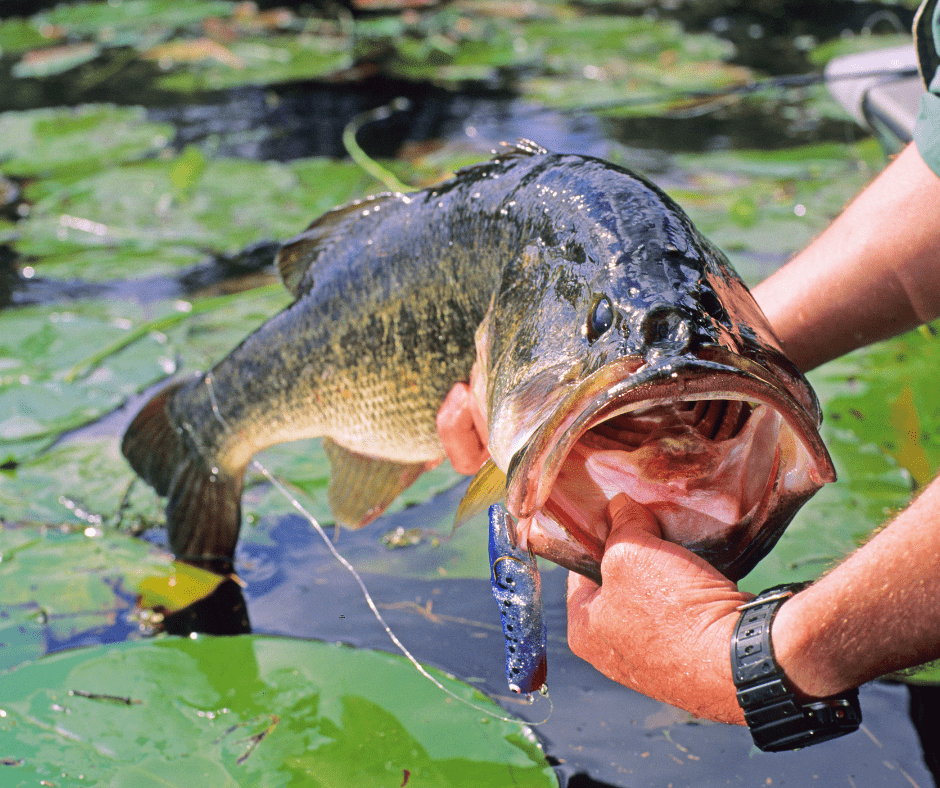
As the transition progresses and the water warms up further, bass will start moving to deeper areas. Look for drop-offs, ledges, and submerged structures in deeper water where bass can find cooler temperatures and ambush prey. Jigs, Texas-rigged soft plastics, and deep-diving crankbaits can be effective in these areas.
Adjust your presentation
During the spring to summer transition, bass can be more selective about their prey. If you’re not getting bites, try varying your retrieval speed, changing the color of your lure, or using a different presentation technique like twitching or pausing your bait to entice reluctant bass.
Pay attention to the weather
Weather patterns can greatly impact bass behavior during the transition. Overcast days and periods of low light can make bass more active and willing to chase lures. Also, keep an eye out for sudden weather changes like cold fronts, as they can temporarily slow down the bite.
Stay adaptable
Bass fishing can be unpredictable, so be willing to adjust your approach based on the conditions and the fish’s response. Pay attention to the feedback you’re getting from the fish and make changes accordingly. Keep experimenting with different lures, techniques, and depths until you find what works best on a given day.
Top Five Lures for the Spring to Summer Transition
Spinnerbaits
Spinnerbaits are generally considered to be one of the most versatile lures available to anglers, and they are particularly effective during the spring to summer transition period. There are several reasons why spinnerbaits are a great choice during this time:
- Versatility: Spinnerbaits can be fished at a variety of depths and speeds, making them an ideal cchoice for targeting different species of fish in various types of water bodies.
- Mimicking baitfish: During the spring to summer transition period, many baitfish species begin to move into shallow water to spawn. Spinnerbaits, with their flashing blades and lifelike skirt materials, can be used to mimic these baitfish, making them an attractive target for predatory game fish.
- Covering water quickly: Spinnerbaits can cover a lot of water quickly, which is important during the spring to summer transition period when fish may be on the move and in search of new feeding opportunities.
- Triggering reaction strikes: Spinnerbaits can be retrieved at a variety of speeds, including slow-rolling or burning fast, which can trigger reaction strikes from fish that may not be actively feeding but are still willing to strike at a fast-moving bait.
Overall, spinnerbaits are a versatile and effective lure that can be used to catch a wide variety of fish species during the spring to summer transition period.
Topwater Lures
Topwater lures are some of bass anglers favorite lures to throw all throughout the year, but they are specifically great during this time of year. A nice walking bait or a noise-making popper can be particularly effective in the spring to summer transition period for a few reasons:
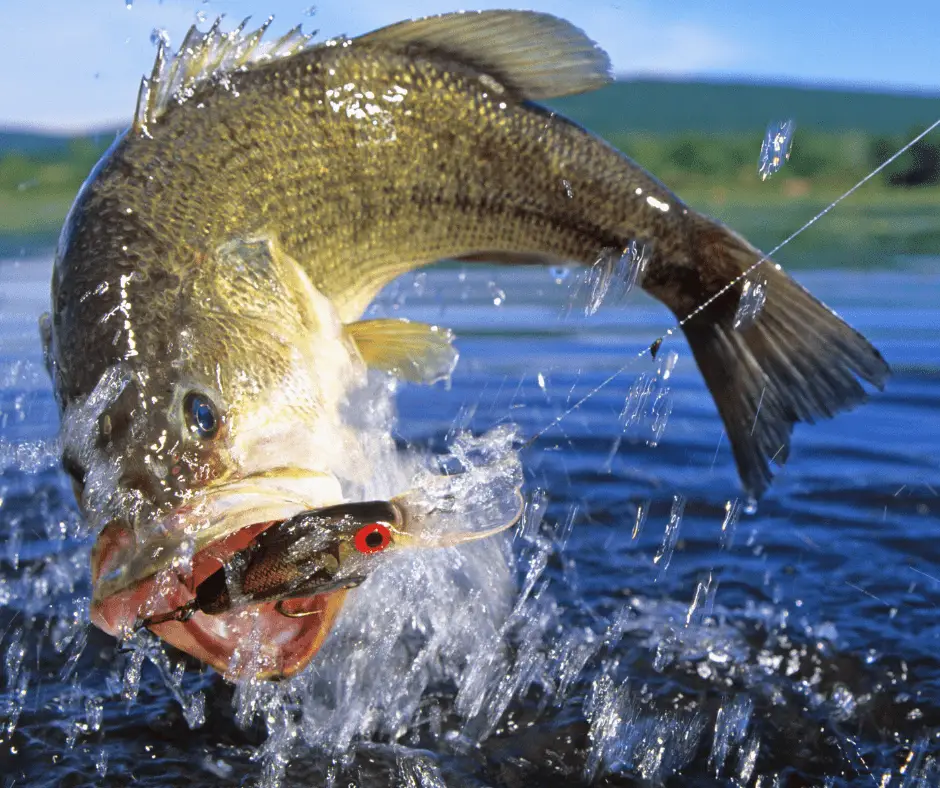
- Water temperature: During this period, water temperatures are starting to warm up, and as a result, fish are becoming more active and moving to shallower waters. Topwater lures are designed to be fished in shallower waters and can mimic the movements of prey fish that are active in these areas.
- Spawning season: In many regions, the spring is the spawning season for many fish species, which means that they are more likely to be found in shallower waters. Topwater lures can be particularly effective for targeting fish that are actively spawning in shallow water.
- Food sources: As the weather warms up, the abundance and variety of prey fish in the water also increase. Topwater lures can mimic the movements and appearance of these prey fish, making them an effective way to attract predatory fish that are feeding on them.
Overall, the combination of warmer water temperatures, spawning activity, and increased food sources make topwater lures a great choice for anglers looking to target fish during the spring to summer transition.
Crankbaits
Crankbaits are a popular fishing lure, with shallow cranks being a great option for fishing the spring to summer transition. Crankbaits are a great choice for the spring to summer transition for a few reasons:
- Water temperature: As the water warms up during the transition from spring to summer, fish become more active and move to different areas of the water. Crankbaits are effective at covering a lot of water quickly, which makes them a great option for locating active fish.
- Baitfish migration: Many species of baitfish, such as shad and herring, migrate towards shallower water in the spring and summer. This can cause predatory fish to follow them, and crankbaits that mimic these baitfish can be very effective.
- Versatility: Crankbaits come in a variety of shapes, sizes, and colors, which makes them versatile for different fishing situations. You can use them to fish different depths, cover different types of structure, and imitate different types of baitfish.
Overall, crankbaits are effective during the spring to summer transition because they can help you locate active fish, imitate baitfish that are prevalent during this time, and cover a lot of water quickly.
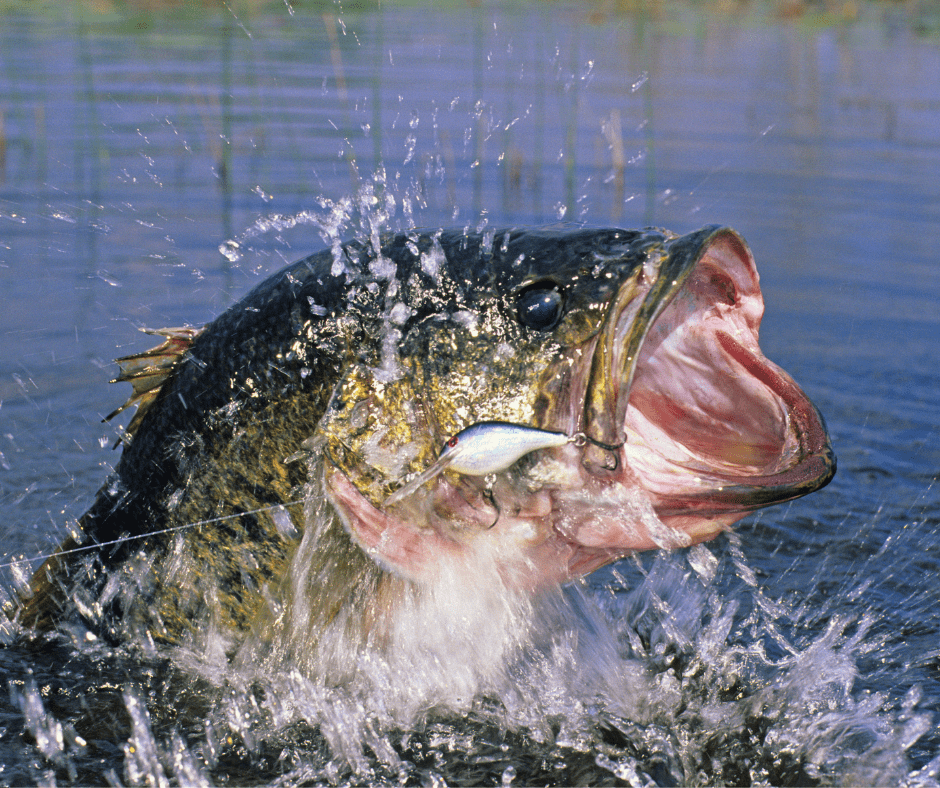
Jigs
Jigs are arguably the most versatile lures when it comes to all of bass fishing. From football jigs to swim jigs, they can be used to fish just about any situation. Jigs are often considered great lures for the spring to summer transition due to several reasons:
- Versatility: Jigs are highly versatile lures that can be used in various fishing environments, including lakes, rivers, and ponds. They can be effective in both shallow and deep water, making them suitable for different fishing conditions during the spring to summer transition.
- Bottom-bouncing action: Jigs are designed to mimic the movement of a prey fish or a crawfish, often imitating a natural baitfish or a crustacean. Their weighted heads allow them to sink to the bottom quickly, and when retrieved, they create a bouncing or hopping action along the bottom, attracting predatory fish.
- Lure presentation: During the spring to summer transition, many fish species are actively feeding as they prepare for spawning or to build up energy after the spawn. Jigs excel at presenting a lifelike target that appeals to the fish’s predatory instincts. The slow and subtle movements of a jig can entice strikes from even sluggish or finicky fish.
- Durable and long-lasting: Jigs are typically made with durable materials, such as lead, tungsten, or synthetic skirts, which make them resistant to wear and tear. This durability allows anglers to fish with the same jig for extended periods, saving time and money on lure replacements.
Overall, jigs are considered great lures for the spring to summer transition due to their versatility, lifelike presentation, and their ability to be cast over and over while holding up.
Soft Plastics
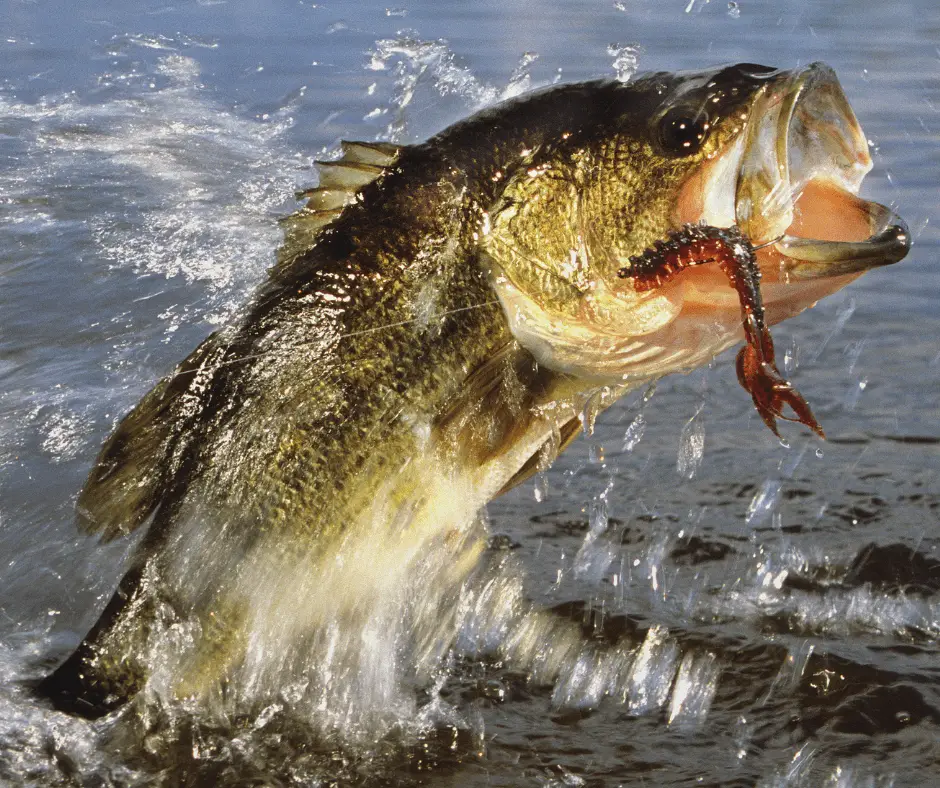
Soft plastics cover a wide range of bass fishing lures. From stick baits like a Yamamoto Senko or a craw with great action, soft plastics are in every bass anglers’ arsenal. They are often considered effective for fishing during the spring to summer transition for several reasons:
- Versatility: Soft plastics come in a wide variety of shapes, sizes, and colors, making them versatile and suitable for different types of fish and water conditions.
- Natural action: Soft plastics can mimic the natural action and movement of live bait, making them more appealing to fish.
- Water temperature: During the spring to summer transition, water temperatures can fluctuate, and fish may not be as active as they are in warmer months. Soft plastics allow anglers to fish at a slower pace, keeping the bait in front of the fish for longer periods, and increasing the chances of a strike.
- Weedless design: Many soft plastics are designed to be weedless, allowing anglers to fish in areas with heavy cover, where fish are likely to hide during the spring to summer transition.
Overall, soft plastics are a reliable and versatile option for fishing during the spring to summer transition, as they can be used to imitate various types of bait, and can be fished effectively in a range of water temperatures and conditions.
Remember, bass behavior can vary depending on the specific body of water and local conditions, so it’s important to observe and adapt to the conditions you encounter. Enjoy the process of experimenting and learning, and most importantly, have fun while bass fishing during the spring to summer transition.
Joshua Jenkins, educated at IIT Delhi and Harvard University, excels in demystifying finance and social security. His succinct, insightful writing helps readers confidently navigate complex financial landscapes.

